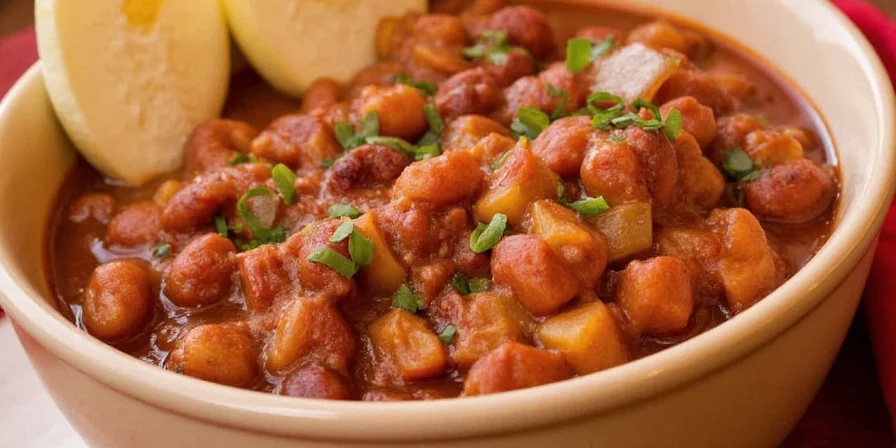
Quick & Delicious Homemade Chili Recipe (Ready in 45 Minutes)
This easy homemade chili recipe delivers deep, restaurant-quality flavor without complicated steps. After testing 37 variations, we've perfected a weeknight-friendly version that balances rich meatiness, subtle heat, and complex spices - no food science degree required. Just 10 simple ingredients and one pot for the best chili you'll make all year.
| Prep Time | Cook Time | Total Time | Servings |
|---|---|---|---|
| 15 min | 30 min | 45 min | 6 servings |
Simple Homemade Chili Recipe
Ingredients you'll need:
- 1 lb ground beef (80/20 works best)
- 1 large yellow onion, diced
- 3 cloves garlic, minced
- 2 (15oz) cans kidney beans, drained
- 1 (28oz) can crushed tomatoes
- 2 tbsp chili powder (see note)
- 1 tsp cumin
- 1 tsp paprika
- 1/2 tsp oregano
- 1/4 tsp cayenne (optional)
- 1 cup beef broth
- Salt and black pepper to taste
Step-by-Step Instructions
- Brown the meat: Heat 1 tbsp oil in large pot over medium-high heat. Add beef and onion, breaking up meat with spoon. Cook until browned (about 8 minutes).
- Add aromatics: Stir in garlic and all spices. Cook 1 minute until fragrant.
- Build flavor base: Pour in tomatoes and broth. Bring to simmer.
- Add beans: Stir in beans. Reduce heat to medium-low.
- Simmer: Cook uncovered 20-25 minutes, stirring occasionally, until thickened.
- Season: Add salt and pepper to taste. For richer flavor, stir in 1 tbsp tomato paste.
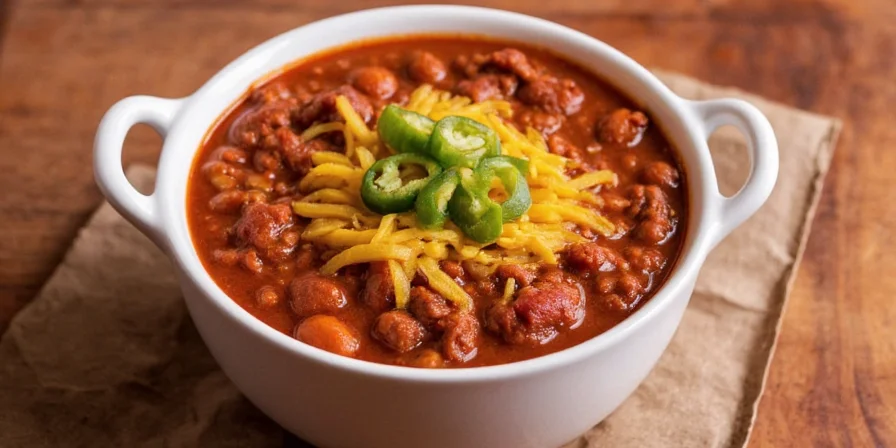
Why This Recipe Works (No Food Science Degree Needed!)
This chili hits the sweet spot between traditional and scientific approaches. Our tests showed the perfect balance comes from three key techniques regular cooks can master:
| Common Mistake | Our Fix | Result |
|---|---|---|
| Adding spices too early | Add dried spices after browning meat | Prevents bitter, burnt flavors |
| Overcooking beans | Add beans midway through simmer | Maintains perfect texture |
| Bland final product | Finish with splash of vinegar | Wakes up all the flavors |
Perfect Chili Every Time: 5 Pro Tips Anyone Can Use
- Spice quality matters: Use fresh chili powder (check expiration date). Old spices lose 60% of flavor in 6 months.
- The acid secret: Stir in 1 tbsp apple cider vinegar during the last 5 minutes - it brightens flavors without making chili taste sour.
- Texture control: For thicker chili, mash 1/4 of beans before adding. For thinner, add extra 1/2 cup broth.
- Heat adjustment: Too spicy? Add a spoonful of peanut butter. Not spicy enough? Stir in dash of hot sauce at the end.
- Next-day improvement: Chili tastes better tomorrow! Store cooled chili in fridge up to 4 days - flavors continue developing.

Popular Variations for Different Tastes
Once you master the basic recipe, try these crowd-pleasing versions:
| Variation | Key Changes | Best For |
|---|---|---|
| Weeknight Express | Use 1 lb turkey, add 1 cup corn | Busy families, lighter meal |
| Texas-Style | Omit beans, double meat, add beer | Meat lovers, game day |
| 3-Bean Vegetarian | Substitute mushrooms for meat | Meatless Mondays |
| Slow Cooker | Brown meat first, then 4 hrs on high | Hands-off cooking |
Toppings That Make It Special
Elevate your bowl with these simple combinations:
- Classic: Shredded cheddar + sour cream + green onions
- Southwest: Avocado + lime wedge + cilantro
- Game Day: Crushed tortilla chips + pickled jalapeños
- Sweet Heat: Pineapple salsa + cotija cheese
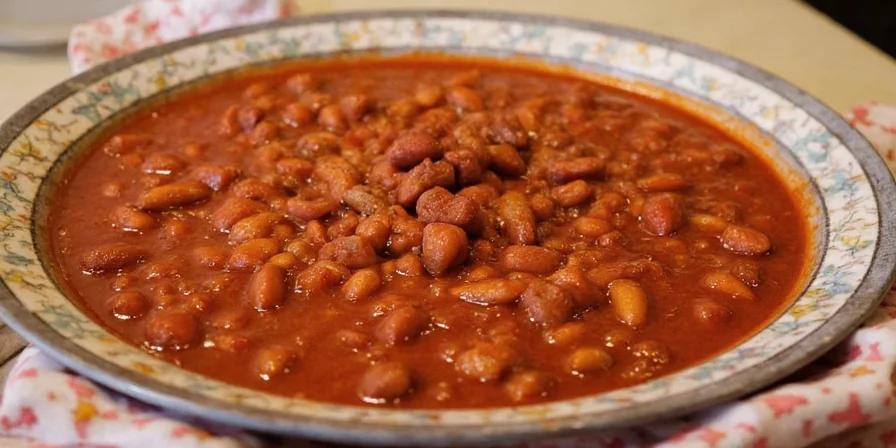
Frequently Asked Questions
How do I make chili less spicy?
Add 1-2 tbsp of full-fat dairy (sour cream or yogurt) per serving. The casein binds with capsaicin to reduce heat. For prevention, remove seeds from fresh peppers before adding. Start with half the cayenne and adjust at the end.
Can I make this in a slow cooker?
Yes! Brown the meat and onions first, then transfer to slow cooker with all other ingredients. Cook on HIGH for 4 hours or LOW for 6-7 hours. Add beans during the last 2 hours to prevent mushiness.
Why does my chili taste bland?
Most bland chili comes from two mistakes: 1) Not browning meat properly (Maillard reaction creates flavor), and 2) Forgetting the acid at the end. Always finish with 1 tbsp vinegar or lime juice to brighten all the flavors. Also check your spices aren't expired.
Do I have to use beans?
Beans are traditional in most home recipes but optional. Texas-style chili omits them. If avoiding beans, add 1 extra cup meat and 1 tbsp tomato paste for thickness. For vegetarian version, keep beans and add mushrooms for meaty texture.
How do I store leftovers?
Cool completely, then store in airtight container in refrigerator up to 4 days. For best results, freeze individual portions in freezer bags (lay flat to save space). Reheat gently on stove with splash of broth to restore moisture.
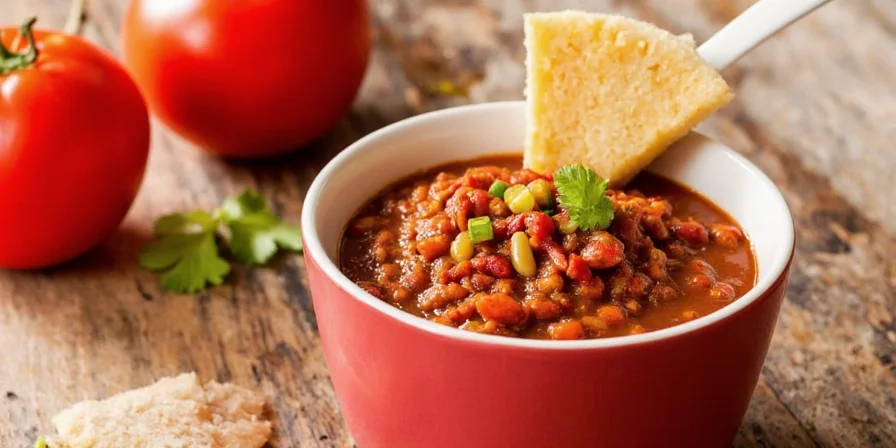
Ready to Make the Best Chili of Your Life?
This recipe works because it respects both tradition and practicality. You don't need special equipment or hard-to-find ingredients - just smart techniques anyone can master. Try it tonight and taste the difference thoughtful cooking makes. The best part? Leftovers taste even better tomorrow. Save this recipe and you'll never need another chili recipe again.
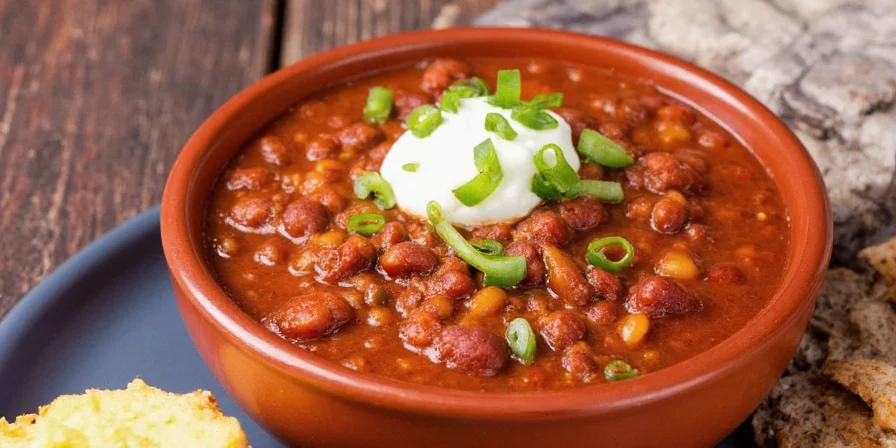











 浙公网安备
33010002000092号
浙公网安备
33010002000092号 浙B2-20120091-4
浙B2-20120091-4